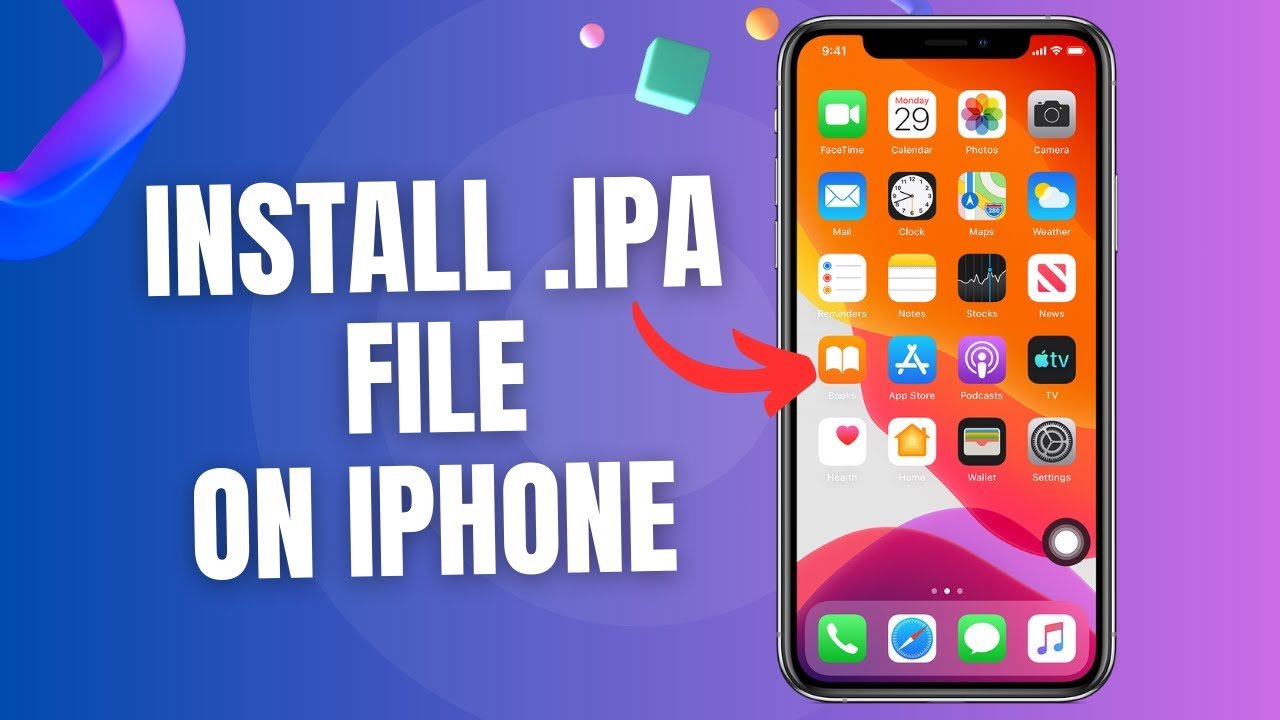Exploring SaaS Examples: Innovative Solutions Reshaping Business Operations
In the digital age, Software as a Service (SaaS) has emerged as a pivotal element in transforming how businesses operate, streamline processes, and engage with customers. SaaS applications are delivered via the cloud, offering scalability, cost-efficiency, and ease of access. From customer relationship management to project management and marketing automation, SaaS solutions are increasingly becoming integral to modern business strategies. This article explores notable SaaS examples across various categories, illustrating how these tools are driving innovation and efficiency in today’s business environment.
Leading SaaS Examples Across Key Categories
1. Customer Relationship Management (CRM)
Salesforce
Salesforce stands out as one of the most widely recognized CRM platforms in the SaaS ecosystem. It provides a comprehensive suite of tools designed to manage customer relationships, track sales, and analyze marketing efforts. Salesforce’s cloud-based platform offers features such as contact management, opportunity tracking, and automated workflows. Its extensive customization options and integration capabilities make it a powerful tool for businesses looking to enhance their customer engagement and streamline their sales processes.
HubSpot
HubSpot is another prominent player in the CRM space, known for its user-friendly interface and robust functionality. HubSpot CRM offers tools for managing customer interactions, sales pipelines, and marketing campaigns. It also includes features for email tracking, lead management, and reporting. HubSpot’s free tier provides essential CRM capabilities, while its paid plans offer advanced marketing automation and analytics, making it suitable for businesses of varying sizes.
2. Project Management
Asana
Asana is a versatile project management tool that helps teams organize, track, and collaborate on projects. With features such as task assignments, project timelines, and progress tracking, Asana enables teams to manage their workflows efficiently. The platform’s intuitive interface allows users to create and track tasks, set deadlines, and visualize project progress through various views, including Kanban boards and Gantt charts. Asana’s collaboration features, including file sharing and team discussions, enhance productivity and project transparency.
Trello
Trello utilizes a visual board and card system to help teams manage projects and tasks. Each board represents a project, and cards within the board represent individual tasks or items. Trello’s drag-and-drop functionality and customizable lists make it easy for teams to organize tasks, set priorities, and monitor progress. Its simplicity and visual appeal make Trello a popular choice for teams that prefer a straightforward, visual approach to project management.
3. Communication and Collaboration
Slack
Slack is a leading communication and collaboration platform designed to facilitate team interactions and project coordination. It offers features such as channels for team discussions, direct messaging, and file sharing. Slack’s integration with other tools, such as Google Drive and Asana, allows for seamless collaboration and workflow management. The platform’s real-time messaging and collaboration capabilities help teams stay connected and work more efficiently, regardless of their geographical location.
Microsoft Teams
Microsoft Teams provides a comprehensive suite of communication and collaboration tools integrated with Microsoft 365. It offers chat, video conferencing, file sharing, and project management features within a single platform. Teams’ integration with Microsoft Office applications allows users to collaborate on documents and presentations in real time. Its robust feature set and integration capabilities make it a valuable tool for businesses already using Microsoft’s suite of productivity tools.
4. Accounting and Finance
QuickBooks Online
QuickBooks Online is a cloud-based accounting solution designed for small to medium-sized businesses. It offers features for managing invoices, tracking expenses, and generating financial reports. QuickBooks Online’s cloud-based nature allows users to access their financial data from anywhere and collaborate with accountants or financial advisors. The platform’s integration with banking and payment services simplifies financial management and enhances accuracy.
Xero
Xero is another popular cloud-based accounting software that caters to small businesses. It provides tools for invoicing, expense tracking, and financial reporting. Xero’s user-friendly interface and real-time data access make it easy for businesses to manage their finances and collaborate with their accountants. The platform also supports integration with various third-party applications, enhancing its functionality and adaptability.
5. Human Resources and Recruitment
BambooHR
BambooHR is a human resources management system (HRMS) designed to help businesses manage employee records, track time off, and handle performance reviews. It offers features such as employee self-service, onboarding, and reporting. BambooHR’s intuitive interface and comprehensive HR tools streamline HR processes and improve employee management. The platform also includes analytics features to support data-driven HR decisions.
Workday
Workday provides a cloud-based solution for human capital management (HCM) and financial management. It offers tools for recruiting, talent management, payroll, and workforce planning. Workday’s integrated approach to HR and finance allows businesses to manage their entire workforce and financial operations from a single platform. Its advanced analytics and reporting capabilities support strategic decision-making and operational efficiency.
6. Marketing Automation
Mailchimp
Mailchimp is a widely used email marketing and marketing automation platform. It offers tools for creating and managing email campaigns, segmenting audiences, and analyzing campaign performance. Mailchimp’s user-friendly interface and automation features make it accessible for businesses of all sizes. The platform’s integration with e-commerce platforms and other marketing tools enhances its functionality and effectiveness.
Marketo
Marketo, now part of Adobe, is a comprehensive marketing automation platform designed for enterprise-level businesses. It provides advanced features for lead management, campaign execution, and analytics. Marketo’s capabilities include email marketing, customer engagement, and multi-channel campaign management. Its integration with other Adobe products and CRM systems supports complex marketing strategies and enhances overall marketing effectiveness.
7. Data Backup and Recovery
Dropbox
Dropbox is a cloud storage solution that provides data backup and file-sharing capabilities. It allows users to store, synchronize, and share files across multiple devices. Dropbox’s collaboration features, including shared folders and file commenting, make it a popular choice for businesses needing to manage and access documents remotely. The platform’s security features, such as file encryption and two-factor authentication, help protect data.
Backblaze
Backblaze offers a cloud-based backup service for automatic and continuous backup of data from computers and external drives. It provides simple setup and easy recovery options, making it suitable for both personal and business use. Backblaze’s affordable pricing and unlimited storage options make it an attractive choice for businesses looking to safeguard their data against loss or damage.
Conclusion
SaaS has fundamentally transformed how businesses approach software solutions, offering flexible, scalable, and cost-effective tools across a range of functions. The examples outlined—ranging from CRM and project management to communication, accounting, and data backup—demonstrate the diverse applications and benefits of SaaS in modern business environments. By adopting SaaS solutions, businesses can enhance operational efficiency, improve collaboration, and streamline processes, ultimately driving growth and success in an increasingly digital world. Whether you are looking to manage customer relationships, automate marketing tasks, or safeguard data, SaaS provides innovative solutions to meet your needs and support your business objectives














Post Comment